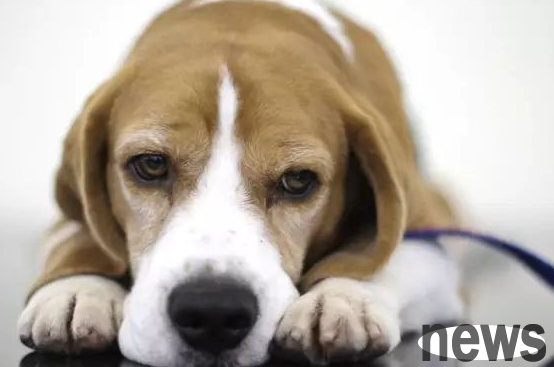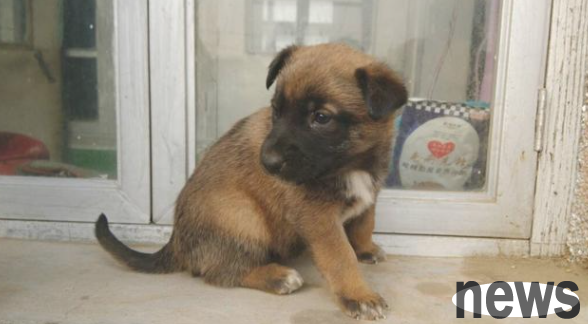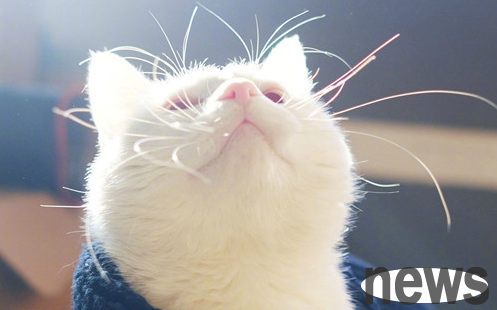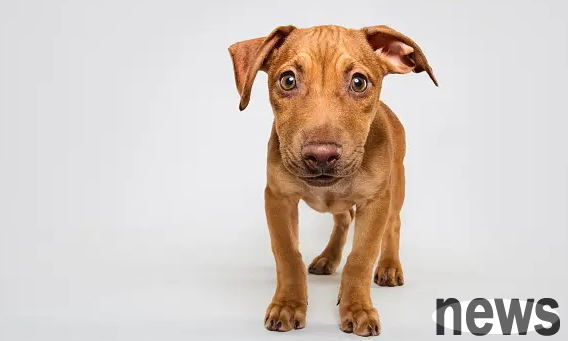Dogs need to seek medical treatment in time when encountering these emergencies
The first condition dyspnea
Difficult breathing is an emergency, and your pet usually shows breathing, gasping or making a suffocating sound. This may occur due to foreign objects stuck in the throat, severe allergic reactions, lung or heart disease. Checking the color of the oral mucosa in animals is the most effective way to evaluate whether animals have sufficient oxygen intake. The normal oral color should be light pink and moist, and the local color will soon return from white to normal pink. Normal animals should recover within 1-2 seconds. We call this capillary refilling time. If your pet's mouth is pale, blue or gray, it means you need to take it to the animal hospital immediately. So you should usually pay attention to what color is normal so that you can take the animals to the animal hospital in the shortest time when an emergency occurs.

The second situation is that the appetite is reduced
The animals have no special concerns when they experience loss of appetite within 24 hours, but if they have a poor appetite for more than 24 hours, they are still poor. It is best to take their pets to the animal hospital to find a veterinarian. Because long-term fasting can lead to severe dehydration. Loss of appetite in cats can lead to fatty liver problems because cats have different physical functions than dogs or us humans. Fatty liver in cats can cause death.
The third condition: abnormal drinking water and urination habits
Angelicity or difficulty in urination are all acute diseases for pets, because this indicates that there may be problems with the pet's urination system. As a pet owner, you should be familiar with the amount of water your pet drinks, urination volume and urination times your pet should urinate every day. Clinically these problems may include infections in the urinary tract, bladder or urethral stones, or endocrine abnormalities, such as diabetes, hypothyroidism or hyperactivity. Urinary tract infections or stones can be life-threatening. So if the treatment is not performed, it will eventually lead to more troublesome problems. Therefore, it is best to go to the animal hospital for examination as soon as possible.
The fourth condition: vomiting
If your pet vomits occasionally or intermittently, this is not an emergency for the animal, which may be due to eating discomfort, which causes symptoms of the digestive tract. If your pet vomits frequently, it is recommended to take it to the animal hospital for examination immediately. If red substances appear in the vomit, this means that the problem is even more serious and you also need to take it to the hospital for examination immediately.
Vomiting may be caused by a foreign body blockage, trauma to the heart or lung, drug or food poisoning, or it may be caused by stimulation from other substances that cause throat, stomach or digestive tract damage. Vomiting for too long can lead to dehydration and eventually death. In older animals, many kidney diseases can also show symptoms of vomiting.

The fifth case is that convulsions with a small number of times will not be life threatening, but multiple consecutive twitches are very dangerous and need to be controlled immediately with the help of drugs. Convulsions may occur due to electrolyte disorders, brain tumors or epilepsy. So go to the pet hospital as soon as possible. The most important thing is to ask the veterinarian to help find potential causes and then try to avoid the same problem from happening frequently in the future.




